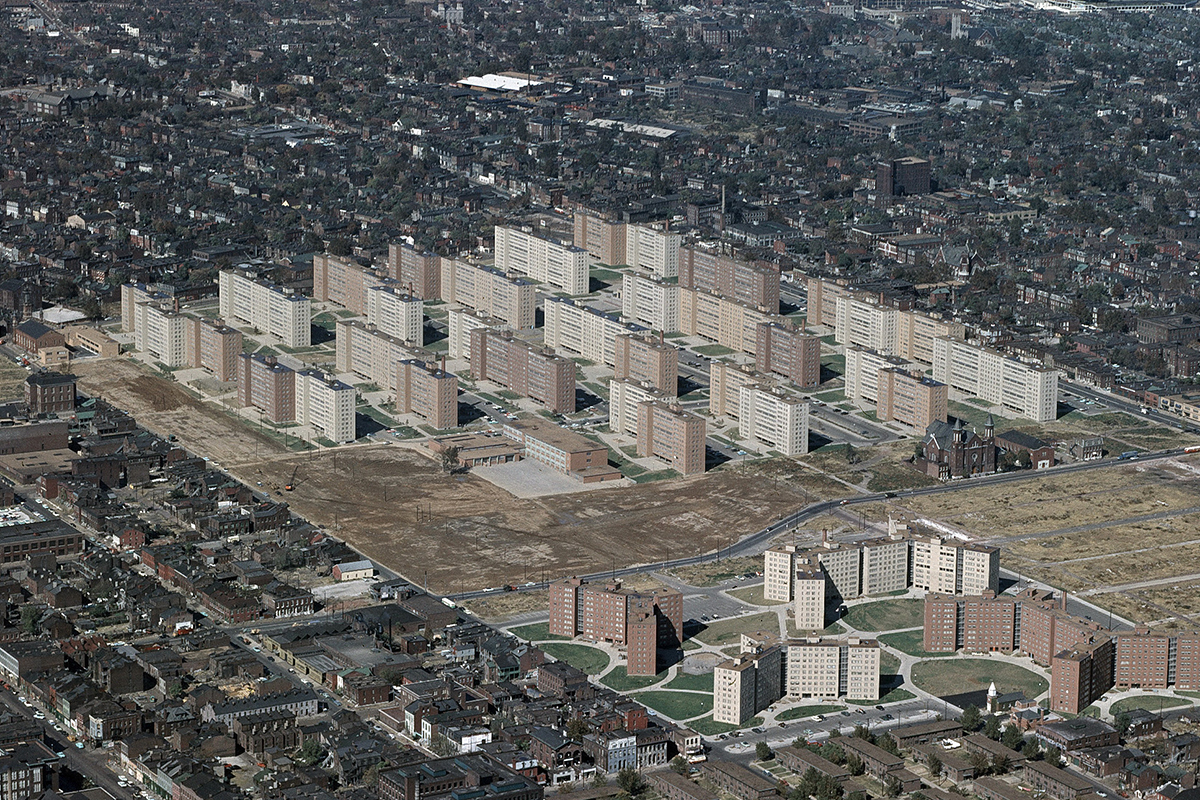
Howard Husock speaks about the origins of federal housing subsidies, their deleterious effects, and how private markets can provide housing to low-income individuals.
“For generations, activists have viewed the housing conditions of lower-income Americans with despair, and their concerns have prompted many federal interventions. The first large effort was the National Housing Act of 1937, which has been repeatedly amended over the decades. A pattern has emerged: each time a bold new approach is attempted, and then some initial perceived success is followed in subsequent decades by unintended and harmful side-effects.”
“HUD was not originally intended to have much direct involvement with public housing. The Housing Act of 1937 encouraged the construction of public housing projects by the creation of a federal housing authority to purchase local construction bonds, but local authorities were to build and manage the projects. Public housing was supposed to be supported through rents and local funding.”
Read more: Public Housing and Rental Subsidies, Cato Institute
Photo courtesy of: The U.S. Geological Survey, Wikimedia Commons